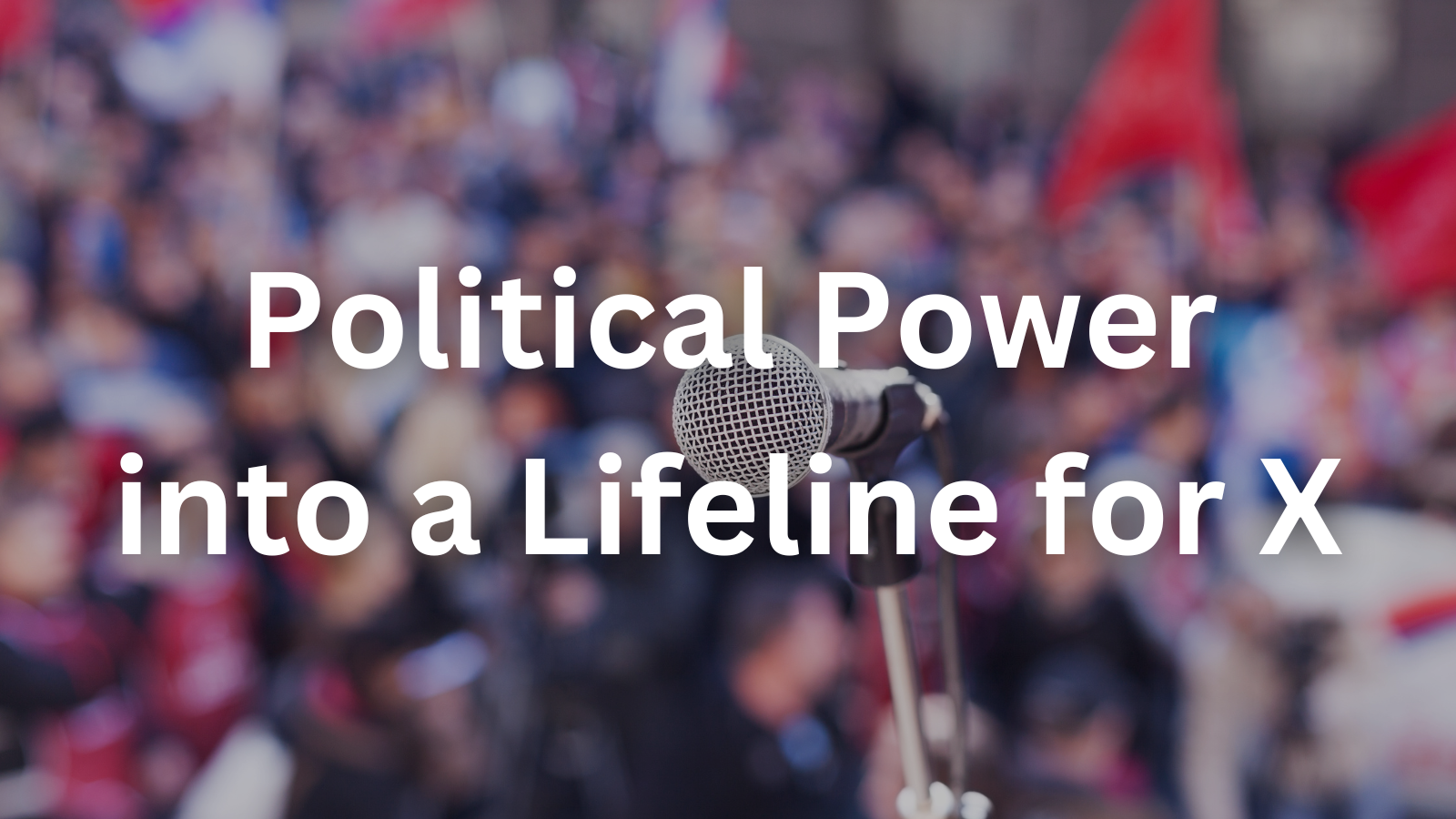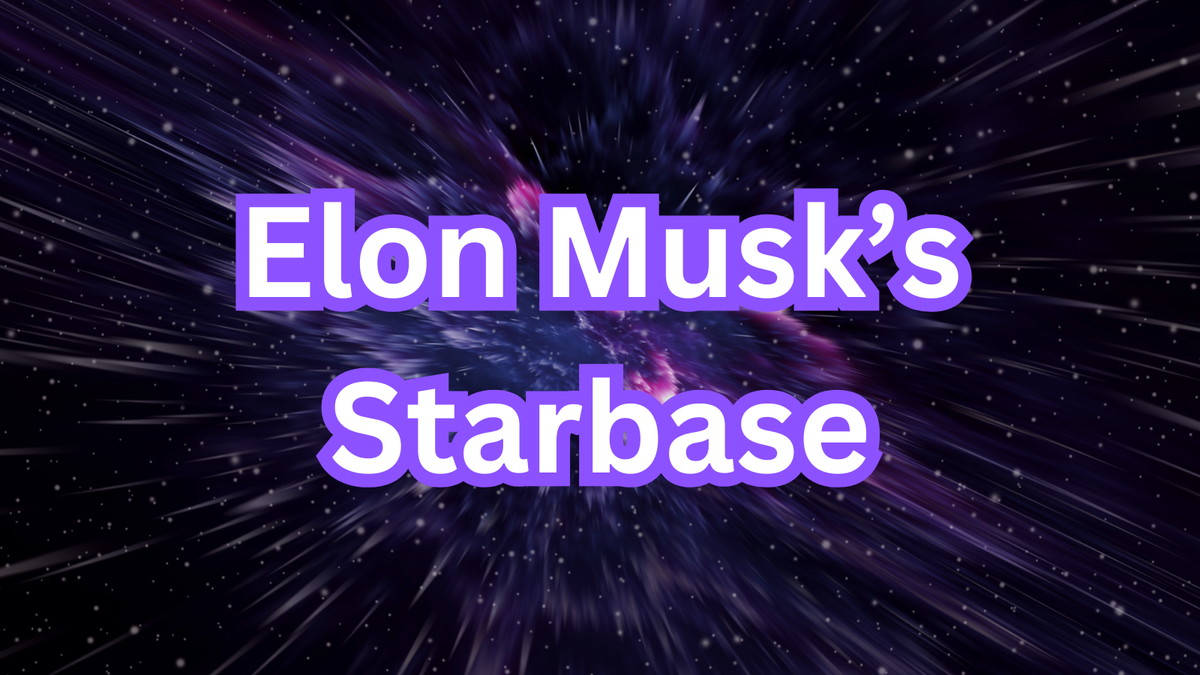How Elon Musk Turned Political Power into a Lifeline for X

In the tech world, few stories blur the lines between business, politics, and personal ambition as vividly as Elon Musk’s ongoing reinvention of X — the platform formerly known as Twitter. Once teetering on the brink of bankruptcy, X has somehow emerged from the ashes — not through viral growth or business brilliance, but via Musk’s growing political influence and strategic government entanglements.
At a time when other tech CEOs are dodging subpoenas or distancing themselves from D.C. theatrics, Musk is pulling up a chair at the cabinet table — and using that seat to reshape the fate of his failing social media venture.
🚨 From Collapse to Comeback — But at What Cost?
Let’s be blunt: X was failing. After Musk’s acquisition in 2022, he gutted the company, slashed moderation, and alienated advertisers. The platform’s ad revenue plummeted by nearly 50%, and none of his quick-fix monetization experiments — from paid verification to Grok AI — moved the needle.
By late 2024, bankruptcy looked inevitable. Even Musk admitted as much.
But then came Trump’s re-election. And with that, Musk’s strategy flipped from defensive to dominant.
🧠 Why Musk Bought Twitter in the First Place
To understand how we got here, it’s worth revisiting the origin story. Musk didn’t buy Twitter because he loved memes or free speech. He bought it because he saw Twitter’s potential as a tool of influence — both political and economic.
The spark may have been lit back in 2019, when Musk sought access to Bolivia’s lithium reserves. In the wake of a U.S.-backed coup that overthrew President Evo Morales, tens of thousands of fake Twitter accounts reportedly helped shape public opinion — a real-time case study in how social media can sway geopolitics.
Musk, ever the opportunist, took notes.
🧩 The Political Puzzle: How Musk “Saved” X
1. Weaponizing Influence
With Trump back in the White House, Musk didn’t just get a political ally — he became an insider. His role in the Department of Government Efficiency (DOGE) gave him a platform to:
- Influence government policy
- Direct contracts toward his own companies
- Rebrand X as a communications tool for federal agencies
Suddenly, X wasn’t just a website — it was part of national infrastructure.
2. Strong-Arming Advertisers
According to The Wall Street Journal, X’s legal team allegedly pressured advertising conglomerates by threatening regulatory scrutiny. One report claimed that X’s team suggested a major merger might face trouble under Trump’s administration unless ad budgets returned to X.
The tactic worked. Ad dollars started flowing back, not because of audience engagement, but because of political leverage.
3. Merging with xAI — A Clever Lifeline
Musk’s AI startup, xAI, was born from spite — a response to being sidelined by OpenAI, which he originally helped fund. But it’s now become the financial umbrella keeping X alive.
By merging X into xAI’s business structure, Musk created a system where X’s performance no longer matters — as long as xAI keeps raising billions in AI funding, X stays afloat.
And because Musk is now positioned to win government AI contracts through DOGE, that pipeline of funding looks secure.
🔄 The Closed Loop: Government ➡️ Musk ➡️ Government
If this sounds familiar, it’s because SpaceX and Starlink followed a similar playbook:
- Win government contracts
- Use them to fund long-term projects
- Become indispensable to national interests
Now, Musk is doing the same with X and xAI. By embedding his companies into government systems — both in communications and AI infrastructure — he’s creating a self-sustaining ecosystem where taxpayer dollars quietly fund his empire.

⚖️ Conflict of Interest or Masterstroke?
Critics call it a blatant conflict of interest. A cabinet-level adviser steering contracts to his own companies? That would normally spark investigations. But Musk has mastered the art of walking the line between business genius and ethical gray zone.
And let’s be honest — it’s working.
Advertisers are back. Government agencies are using X. xAI is flush with funding. And Musk is now using political power the same way he once used rocket fuel — to lift his ventures beyond gravity.
🧠 Final Thought: A Social Media Coup, Reimagined
Elon Musk didn’t just buy a social media company. He bought a mechanism of influence, and then leveraged that influence to embed himself into the machinery of government.
X isn’t thriving because it’s a great product. It’s surviving because its owner has made it too politically useful to fail.
You could call it strategic genius. You could call it a misuse of power. But either way, you have to admit — no one else could’ve pulled this off.
💬 What Do You Think?
- Is Elon Musk’s use of political influence to prop up X a betrayal of public trust or a smart business move?
- Should government advisers be allowed to benefit financially from policies they help shape?
- Can a platform that’s “saved” through politics ever regain public trust?
Let us know on X (Former Twitter)
Sources: Social Media Today. Elon Musk Using Political Influence on X (Formerly Twitter), 2024, https://www.socialmediatoday.com/news/elon-musk-using-political-influence-x-formerly-twitter/745213/










